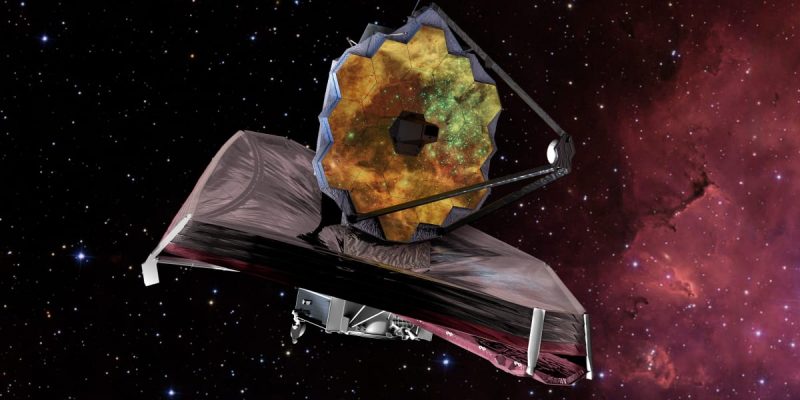To a great extent, every picture is an artist’s interpretation. For consumer cameras, the artist is the artificial intelligence and the technology used in the camera. The main aim set with the consumer cameras is to make pictures that are as close as the way, our eye sees the colors and images.
But what about the James Webb Space Telescope? It operates in the infrared region of the spectrum which is invisible to our normal eye. So the question that arises here is what should the image look like? The very basic answer is black and white.
However, this answer does not fit with the idea that this is an infrared image. So in order to describe this infrared image, we came up with a term that some people call “heat scale.”
Most of the JWST images so far are for scientists to test the image resolution, mirrors alignment, noise, and checking instruments calibration of the telescope. Most of the images released so far are in “heat scale” color.
If more than one band of infrared is available, then various colors can be used to represent each band and then different colors can be used to encode the information in the image.
That is what happened here with the Hubble telescope:
One infrared band was encoded as blue and another as red in this image. This is what we call “false” color, which also refers to as heat scale, which covers a lot of regions in this picture.
Related: The Wait Is Over! First Images From NASA’s Webb Telescope Will Reveal On July 12
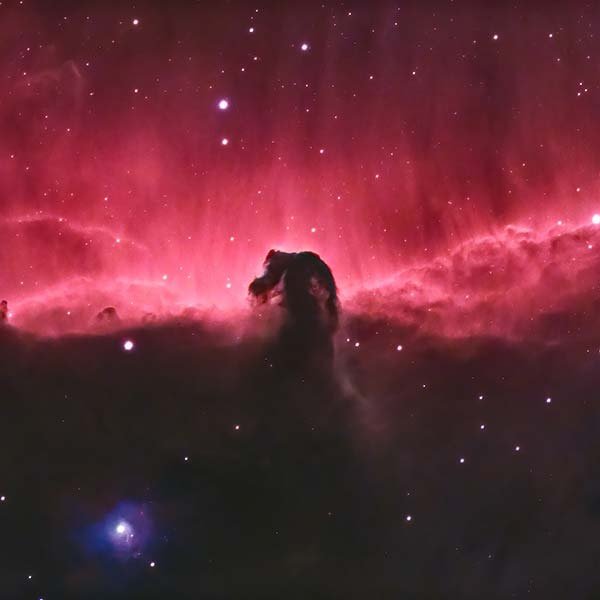
So, whenever infrared pictures are shown to the public, generally, someone does some kind of color encoding to make that picture look intuitive or more pleasing.
Most of the astro images are manipulated by someone to create an image that looks more interesting. Here is how a typical Milky Way image is manipulated by an artist:
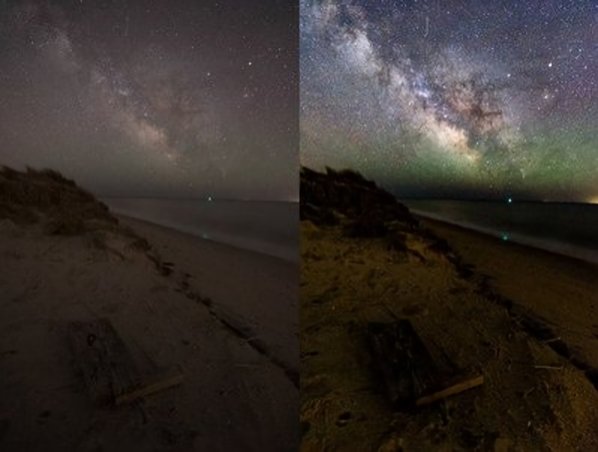
Will James Webb Telescope Produce Color Images?
The answer is Yes, but not the way we are thinking. Here is what really happens. Light emitting from a star or galaxy enters the telescope and passes through a set of filters which are usually mounted on a filter wheel.
The role of filter is to select light from a fixed range of wavelengths while blocking all the other light photons. See below JWST’s actual filters and transmission curves.
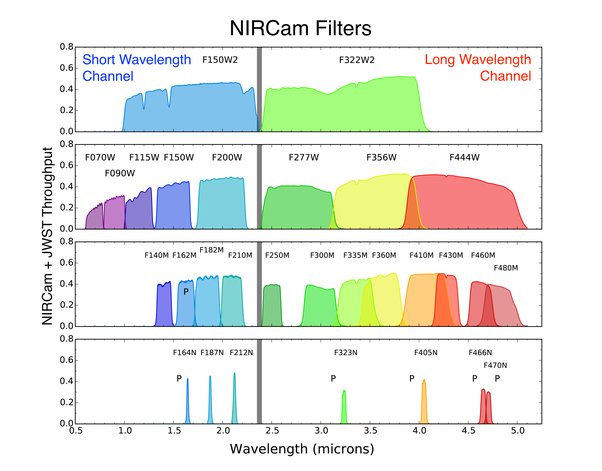
You can see that these filters cover the near-infrared range and have different widths for which it has a scientific reason. So, an image made with light collected by a single filter can be said to be monochromatic – technically, it is called a raw image. What usually is done is to obtain such monochromatic images from several filters and combine them, which finally results in creating a false-colour image. See the example below for Hubble filters.
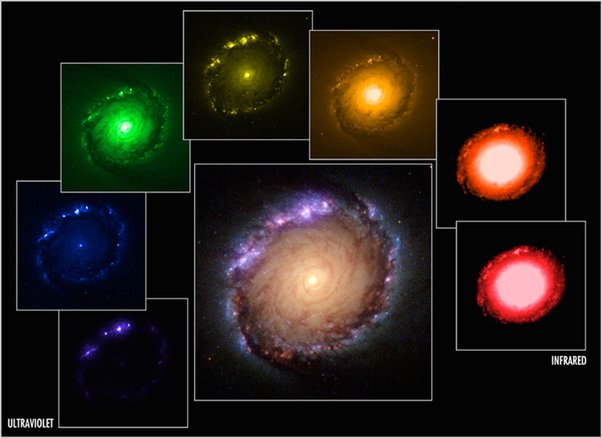
Why don’t NASA show live images of the James Webb Telescope?
There is a very simple answer to this question: JWST has no external cameras. So why did the JWST team decided not to add a camera, externally or otherwise?
The engineers at NASA, ESA and CSA faced many practical issues and decided to rely on good old measurement rather than designing complex and expensive external cameras. The main problem was the extreme temperatures that the camera would have to face.
However, the primary reason is that the JWST operates in the pitch black vacuum of space, where its infrared camera can pick up the tiniest heat signatures – allowing us to “look back” in time. An external camera would see nothing but darkness, which would essentially render it useless.
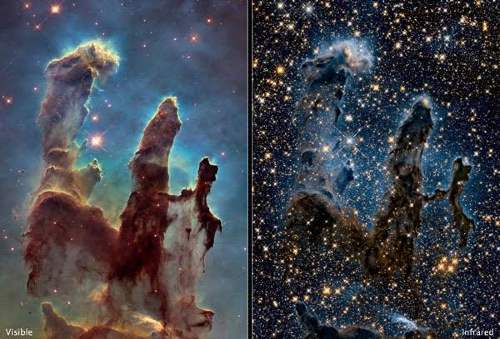
Conclusion
Although the JWST cannot show us images on its journey to L2, once it is there, it will enable us to look at the cosmos in a way we’ve never seen before and that’s for what everyone is waiting impatiently.
